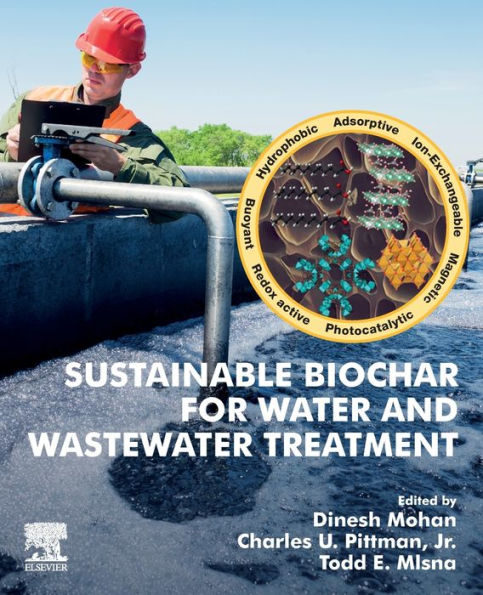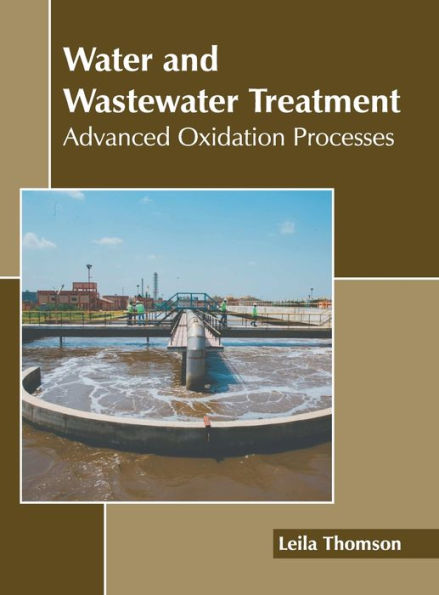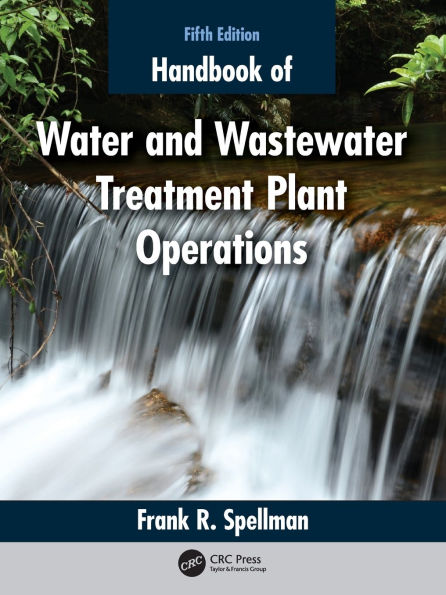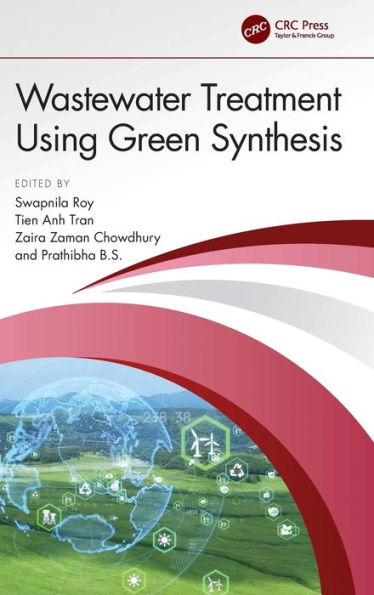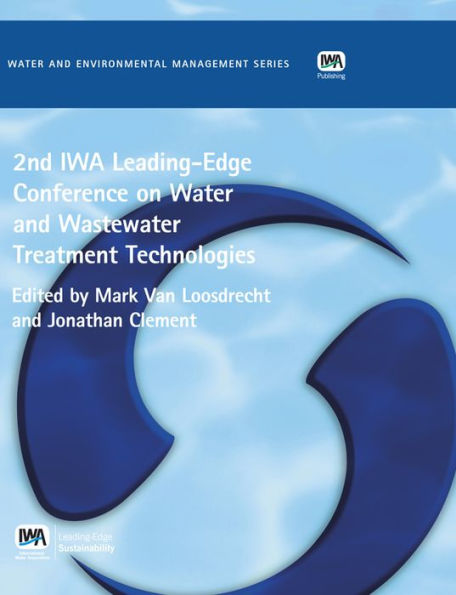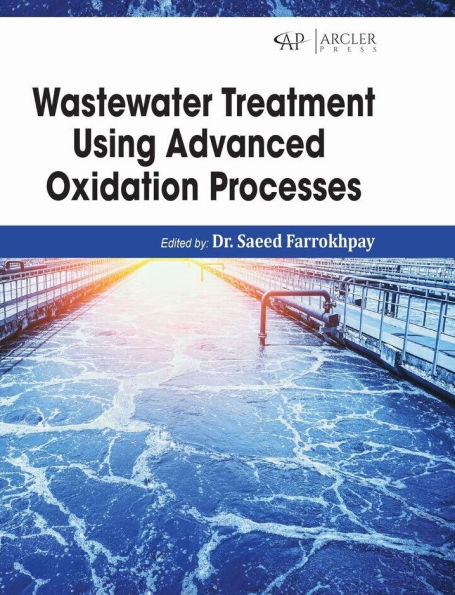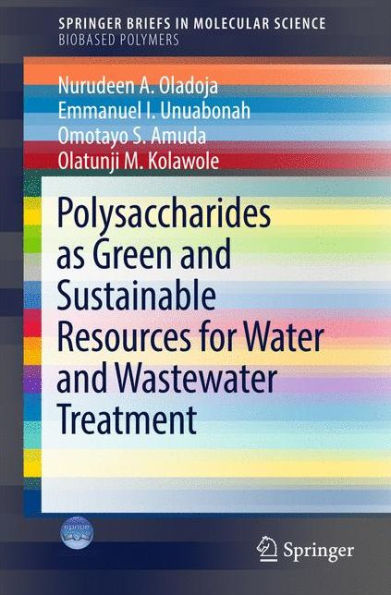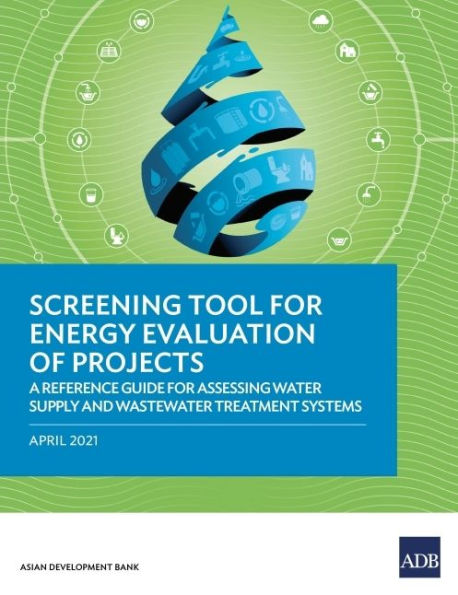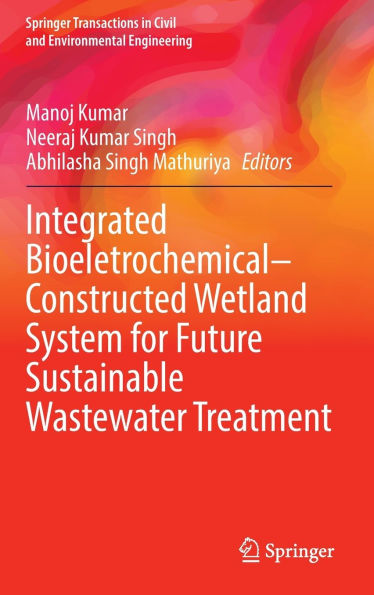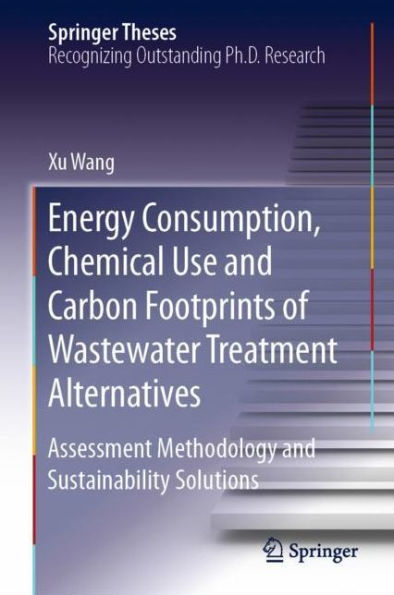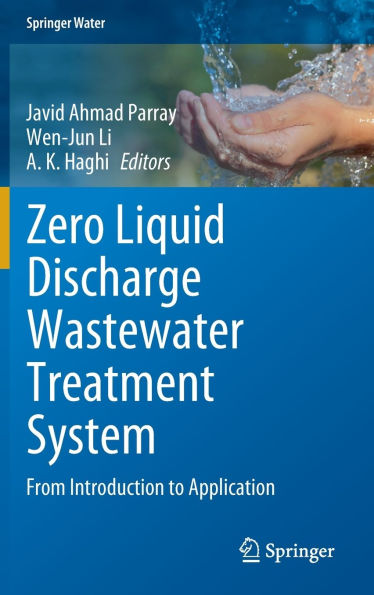Home
Designing Aeration Systems using Baseline Mass Transfer Coefficients: For Water and Wastewater Treatment
Barnes and Noble
Loading Inventory...
Designing Aeration Systems using Baseline Mass Transfer Coefficients: For Water and Wastewater Treatment in Bloomington, MN
Current price: $190.00

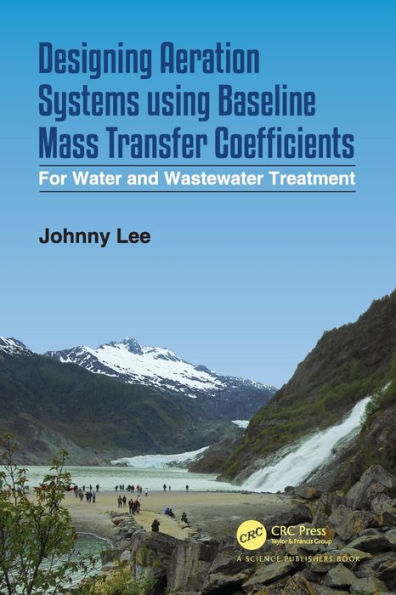
Designing Aeration Systems using Baseline Mass Transfer Coefficients: For Water and Wastewater Treatment in Bloomington, MN
Current price: $190.00
Loading Inventory...
Size: Hardcover
The book is about the discovery of a Standard Specific Baseline Mass Transfer Coefficient (K
L
a
0
)
20
that represents a revolutionary change in the understanding, designing, and operation of aeration equipment, as well as providing a baseline for future research and development for water and wastewater treatment systems. It discusses the use of the Standard Model for oxygen transfer to determine the baseline, and its major finding is to show that the gas transfer model is a consistent relativistic theory of molecular interactions. Previously, the challenge was the appearance of divergences in the mass transfer coefficient estimations that defies aeration design. This normalization to a baseline is a great achievement in physics and engineering.
L
a
0
)
20
that represents a revolutionary change in the understanding, designing, and operation of aeration equipment, as well as providing a baseline for future research and development for water and wastewater treatment systems. It discusses the use of the Standard Model for oxygen transfer to determine the baseline, and its major finding is to show that the gas transfer model is a consistent relativistic theory of molecular interactions. Previously, the challenge was the appearance of divergences in the mass transfer coefficient estimations that defies aeration design. This normalization to a baseline is a great achievement in physics and engineering.
The book is about the discovery of a Standard Specific Baseline Mass Transfer Coefficient (K
L
a
0
)
20
that represents a revolutionary change in the understanding, designing, and operation of aeration equipment, as well as providing a baseline for future research and development for water and wastewater treatment systems. It discusses the use of the Standard Model for oxygen transfer to determine the baseline, and its major finding is to show that the gas transfer model is a consistent relativistic theory of molecular interactions. Previously, the challenge was the appearance of divergences in the mass transfer coefficient estimations that defies aeration design. This normalization to a baseline is a great achievement in physics and engineering.
L
a
0
)
20
that represents a revolutionary change in the understanding, designing, and operation of aeration equipment, as well as providing a baseline for future research and development for water and wastewater treatment systems. It discusses the use of the Standard Model for oxygen transfer to determine the baseline, and its major finding is to show that the gas transfer model is a consistent relativistic theory of molecular interactions. Previously, the challenge was the appearance of divergences in the mass transfer coefficient estimations that defies aeration design. This normalization to a baseline is a great achievement in physics and engineering.
